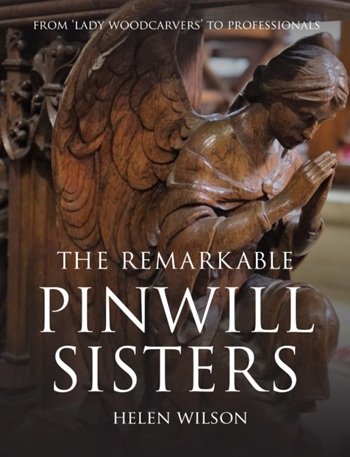Heat alarm
The Technical Handbook – Domestic, published by Scottish Ministers to provide guidance on the Scottish Building Standards suggests there are 4 main types of fire detector used in dwellings:
- Optical smoke alarms.
- Ionisation smoke alarms.
- Multi sensor alarms.
- Heat alarms.
It is important that the right type of detector is used for different situations, as false alarms can result in occupants disabling fire detection and fire alarm systems.
The most common causes of false alarms are:
Heat alarms have fixed-temperature elements and respond to the temperature of the fire gases in the immediate vicinity of the heat alarm. They are used where ambient temperatures are likely to fluctuate rapidly over a short period, such as in kitchens, and are less likely to produce false alarms. Elsewhere, heat alarms should not be used instead of smoke alarms to reduce unwanted false alarms.
The Scottish Building Standards require that at least 1 heat alarm is installed in every kitchen.
Heat alarms should conform to BS 5446: Part 2: 2003 Fire detection and fire alarm devices for dwellings. Specification for heat alarms.
[edit] Related articles on Designing Buildings Wiki
- Carbon monoxide.
- Carbon monoxide detector.
- Fire and rescue service.
- Fire dampers.
- Fire detection and alarm system.
- Fire detector.
- Fire.
- Intruder alarm.
- Ionisation smoke alarms.
- Multi-sensor alarm.
- New requirements for fire detection and alarm network systems IP 12 13.
- Optical smoke alarm.
- Over £1 billion lost every year due to false alarms.
- Smoke detector.
- The causes of false fire alarms in buildings.
Featured articles and news
EPC changes for existing buildings
Changes and their context as the new RdSAP methodology comes into use from 15 June.
Skills England publishes Sector skills needs assessments
Priority areas relating to the built environment highlighted and described in brief.
BSRIA HVAC Market Watch - May 2025 Edition
Heat Pump Market Outlook: Policy, Performance & Refrigerant Trends for 2025–2028.
Committing to EDI in construction with CIOB
Built Environment professional bodies deepen commitment to EDI with two new signatories: CIAT and CICES.
Government Grenfell progress report at a glance
Line by line recomendation overview, with links to more details.
An engaging and lively review of his professional life.
Sustainable heating for listed buildings
A problem that needs to be approached intelligently.
50th Golden anniversary ECA Edmundson apprentice award
Deadline for entries has been extended to Friday 27 June, so don't miss out!
CIAT at the London Festival of Architecture
Designing for Everyone: Breaking Barriers in Inclusive Architecture.
Mixed reactions to apprenticeship and skills reform 2025
A 'welcome shift' for some and a 'backwards step' for others.
Licensing construction in the UK
As the latest report and proposal to licence builders reaches Parliament.
Building Safety Alliance golden thread guidance
Extensive excel checklist of information with guidance document freely accessible.
Fair Payment Code and other payment initiatives
For fair and late payments, need to work together to add value.
Pre-planning delivery programmes and delay penalties
Proposed for housebuilders in government reform: Speeding Up Build Out.
High street health: converting a building for healthcare uses
The benefits of health centres acting as new anchor sites in the high street.
The Remarkable Pinwill Sisters: from ‘lady woodcarvers’ to professionals. Book review.
Skills gap and investment returns on apprenticeships
ECA welcomes new reports from JTL Training and The Electrotechnical Skills Partnership.























